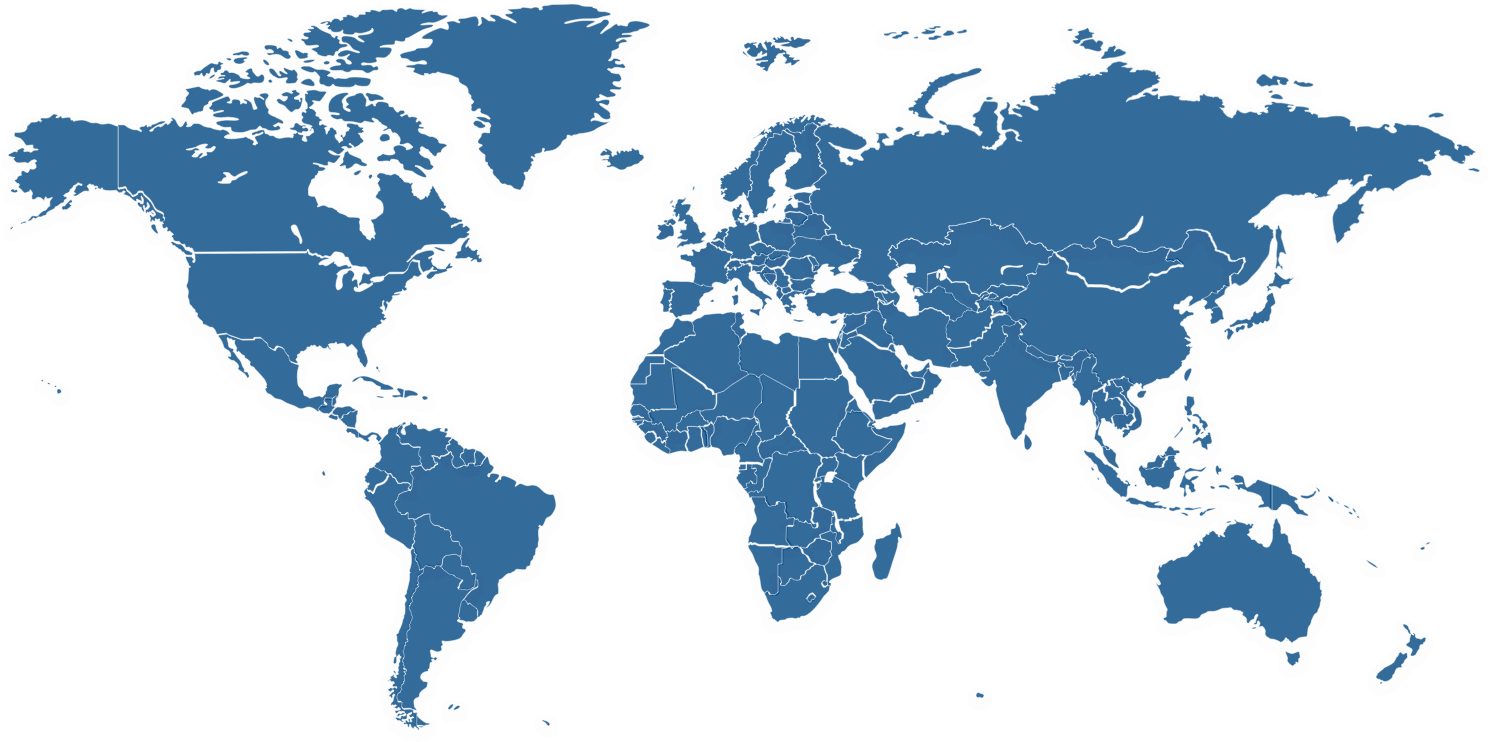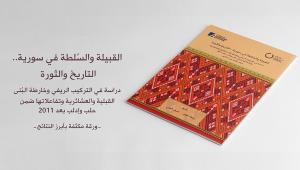With Syria's integration into the modern state system, pivotal transformations occurred within tribal and clan structures due to various successive changes (economic, political, social, military, legal). These cumulative effects were evident in the tribes and clans, starting with their economic patterns, which were dismantled as they were either willingly or forcibly moved from a nomadic to a settled, agricultural-based economy. This shift led to a change in their historical roles, most of which were lost to the nation-state, which confined them within new borders, stripping them of the open geography that had historically been a key source of their strength.
This study first seeks to explore the history of tribes and clans within Syrian geography, especially in the north-west. Examining their historical relationships with various successive authorities, structural shifts, and the changes that shaped their current forms. It proceeds to map the tribal structures across Aleppo and Idlib, identifying their current geographic and demographic distribution. The study also analyzes their diverse roles and interactions (political, military, social) after 2011, emphasizing key impacts, particularly the complex effects of forced displacement. Lastly, it explores the emergence of "tribal and clan councils" as a new organizational phenomenon within Syria’s tribal framework post-2016, defining their roles, influence on traditional tribal governance, and effectiveness within the social structure.




